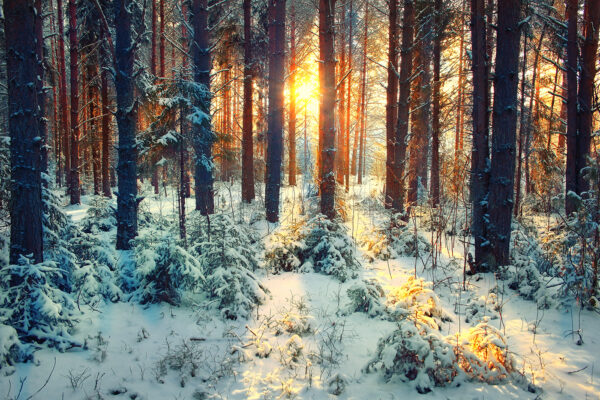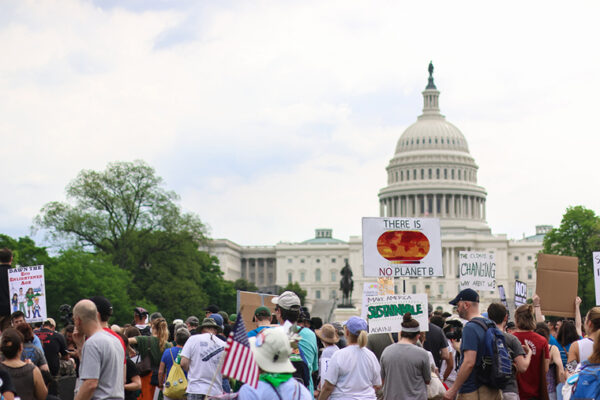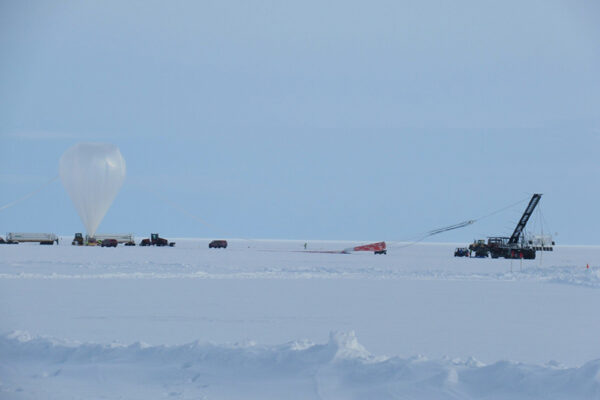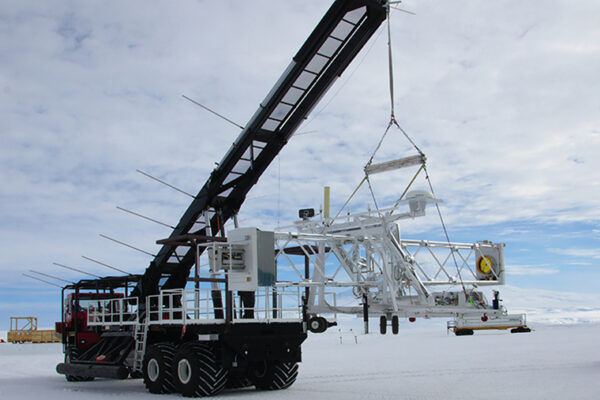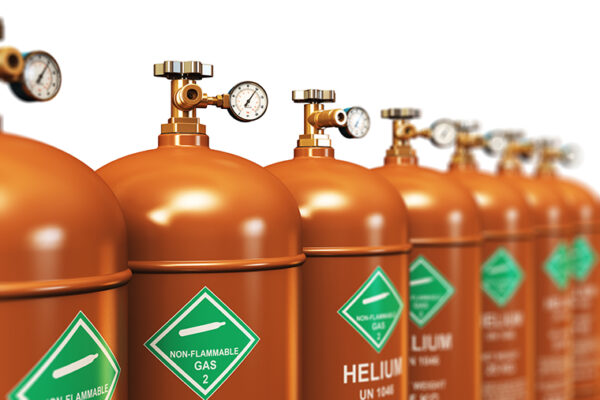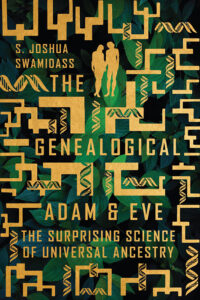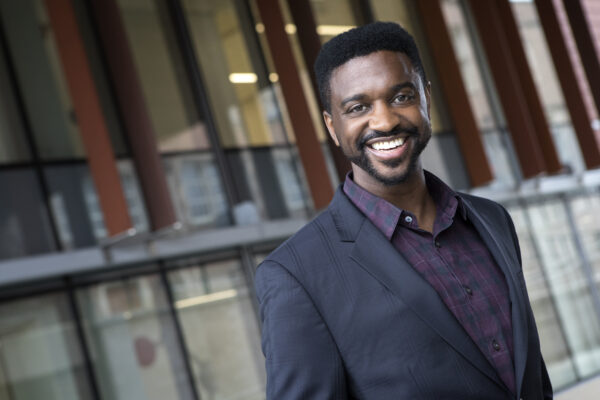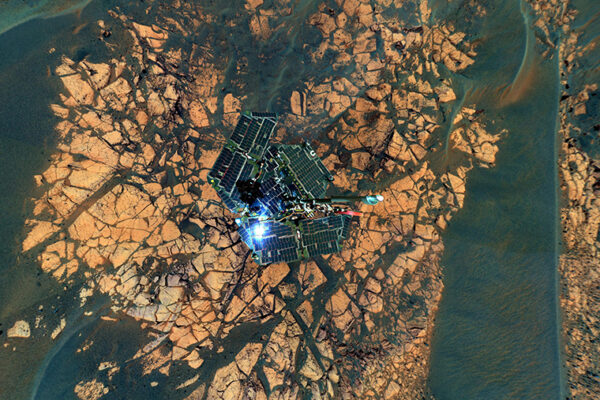New Year’s resolution: Wait until spring
Winter is dark. It’s exhausting. It also features the flu, colds and a tendency to stay indoors. So is Jan. 1 really a good time for resolutions? WashU’s Tim Bono has a better idea: Wait a few months.
And then there was light
New research from Washington University in St. Louis provides insight into how proteins called phytochromes sense light and contribute to how plants grow. Biologists used sophisticated techniques to structurally define the sequence of events that support the transition between light- and dark-adapted states.
Survey: Electorate wants candidates, parties to act on climate change
In a November wave of The American Social Survey conducted by the Weidenbaum Center on the Economy, Government, and Public Policy, political scientists polled likely primary voters to find that — despite consensus among Democratic candidates and the Trump administration’s actions to repeal environmental regulations — the two parties’ electorates don’t match their candidates’ stances on climate change.
WashU physicists launch cosmic ray telescope from Antarctica
A team of Washington University in St. Louis scientists at McMurdo Station, Antarctica, successfully launched its SuperTIGER (Super Trans-Iron Galactic Element Recorder) instrument, which is used to study the origin of cosmic rays.
Division of Computational and Data Sciences marries AI, social science
The interdisciplinary Division of Computational and Data Sciences, one of a few of its kind in the country, focuses on turning the computational lens on social sciences. In the new PhD program, students have two advisers, one in computer engineering and one in a social science domain from social work and public health, political science, or psychological and brain sciences.
Supersize me: Physicists awarded $3.3M for XL-Calibur telescope
Researchers from Washington University in St. Louis will develop and deploy a new telescope designed to measure the linear polarization of X-rays arriving from distant neutron stars, black holes and other exotic celestial objects. The instrument will be flown on a minimum of two scientific balloon launches as early as summer 2021. The NASA-funded effort builds on promising results from a previous balloon-borne mission known as X-Calibur and is dubbed XL-Calibur.
U.S. faces looming ‘future drought’ in helium
In a Dec. 10 briefing on Capitol Hill, chemist Sophia Hayes of Washington University in St. Louis and an expert on helium testified that steep price increases and “supply shocks” threaten basic research in academic settings. Shortages will also lead to broader health and industry applications, she said.
The Genealogical Adam & Eve
The Surprising Science of Universal Ancestry
In The Genealogical Adam and Eve, S. Joshua Swamidass tests a scientific hypothesis: What if the traditional account is somehow true, with the origins of Adam and Eve taking place alongside evolution?
Agonafer receives CAREER award for evaporation research
Damena Agonafer, assistant professor at the McKelvey School of Engineering, received a five-year $500,000 CAREER award from the National Science Foundation for research into different modes of heat transfer during evaporation.
Rover retrospective
RIP Mars rovers Spirit and Opportunity. But the geosciences data they collected will live on at Washington University, under the care of a team of archivists in Arts & Sciences. The data includes details about both rovers’ every move as well as many images that helped this space mission capture the public’s imagination.
Older Stories

